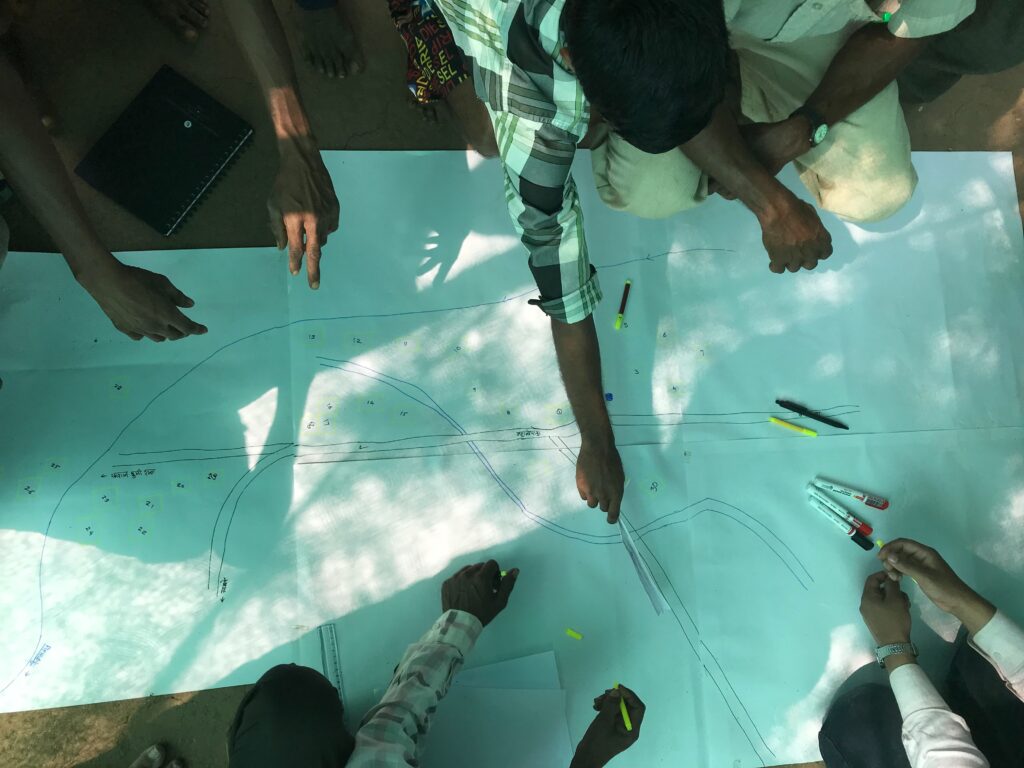
Scenario Planning as a Business Strategy Tool
Woody Wade is a specialist in scenario planning, a technique allowing organizations to visualize different ways their “strategic landscape” could change in the future, so they can plan more flexibly.
For ten years, Woody Wade has worked with organizations worldwide to help them foresee changes in their strategic landscape, using scenario planning. He is the former Marketing Director of Switzerland’s famous Ecole hôtelière de Lausanne, and was on the Executive Board of the World Economic Forum.
A month ago, he developed a 1-hour e-course to show decision makers how to use a scenario planning approach to visualize their company’s potential post-Coronavirus landscape.
You will find more information on this course from this link: https://bit.ly/2wRMNUF
Recently Woody gave an interview to Hotelier Maldives where he gives a few tips on scenario planning and what might be some possible scenarios for Maldives as a tourist destination in the coming months and years.
Hotelier Maldives: Can you briefly outline how we define scenario planning in the context of business strategy development?
Woody Wade: Given that a business strategy is a plan for succeeding in the future, it stands to reason that if you’re mapping out a strategy for your organization, you should first have some idea what that future business environment might be like – i.e. the terrain in which your strategy will need to be effective. You develop a strategy today, but it is actually meant for dealing with the future. And yet, nobody knows exactly how this future may turn out. Many things, big and small, can change along the way – as we’re seeing right now with the Coronavirus.
Scenario planning is really just a method for trying to foresee different ways the future could realistically unfold, resulting in different “landscapes” you might find yourself operating and competing in. But rather than fantasizing about how the future might develop, or defining the future merely as an extrapolation of the way things already are today, scenario planning follows a structured process to reveal plausible alternative futures. It is not a prediction, but more like an exploration of what is possible – allowing you to anticipate how the “big picture” could change.
HM: Are these techniques applicable only to companies or also to destinations?
WW: Absolutely! Almost everything you can think of will be affected by future change, from a small proprietorship to a huge international corporation, a public sector organization, an NGO, even an entire country. The methodology is useful to anyone who has some responsibility for the future success of a business or other type of undertaking, as it helps you foresee the potential environments in which you will be making decisions that will affect the success of this enterprise of yours.
If you wanted, for example, to get a handle on the post-Coronavirus outlook for the Maldives as a luxury travel destination, the process could be very helpful. It would result in a portfolio of potential “landscapes” – each plausible – with some idea of the challenges and opportunities each one would represent.
HM: Given that 70% of Maldives’ economy is reliant on inbound tourism, what can be some factors we need to consider in planning a scenario for the purposes of economic recovery and growth?
WW: A scenario is not what you plan, but a description of how the environment may change – giving you an idea how you should plan. That’s an important distinction. Scenario planning helps you visualize the changing landscape by showing you alternative ways it might possibly develop. With this understanding of how the big picture could change, you can draw up a plan to respond effectively to the alternatives that could materialize. It’s about being prepared.
A simple example: Let’s say that in one future scenario, travel to the Maldives is foreseen to be severely curtailed for several more months, owing to travel restrictions and airline cutbacks. (Scenarios are not usually defined by a single characteristic, but this one is clear enough – and dire enough – that it will serve as a good example.) The organization responsible for marketing the destination itself would develop a plan for surviving in this period, based on this particular outlook. What activities would still make sense in this scenario, knowing that the situation will go on for a longer time? What should be the priorities?
Likewise, individual companies active in the sector would draw up their own strategies based on this scenario – and they will likely be quite different from one company to the next, depending on the resources they have access to, the alternative ways they could generate income, their flexibility regarding staff, and so on.
Another scenario might posit that the crisis ends soon and travel bounces back quickly. That would be good news, but what opportunities and challenges would this situation create, that would have to be dealt with? What strategy makes sense in this scenario? We would all be happy, but there would still be work to do!
These are overly simplistic examples, but you get the idea. It’s about being prepared for different outcomes in advance – thinking through the risks and possibilities. This approach to reparation/planning is as valid for the smallest hotel operator as it is to the government itself. It’s a form of risk management and belongs in the toolkit of every manager.
Download a Pdf of Woody’s recent article, A Post-Coronavirus Scenario for Travel and Hospitality: Where We Might be Going








